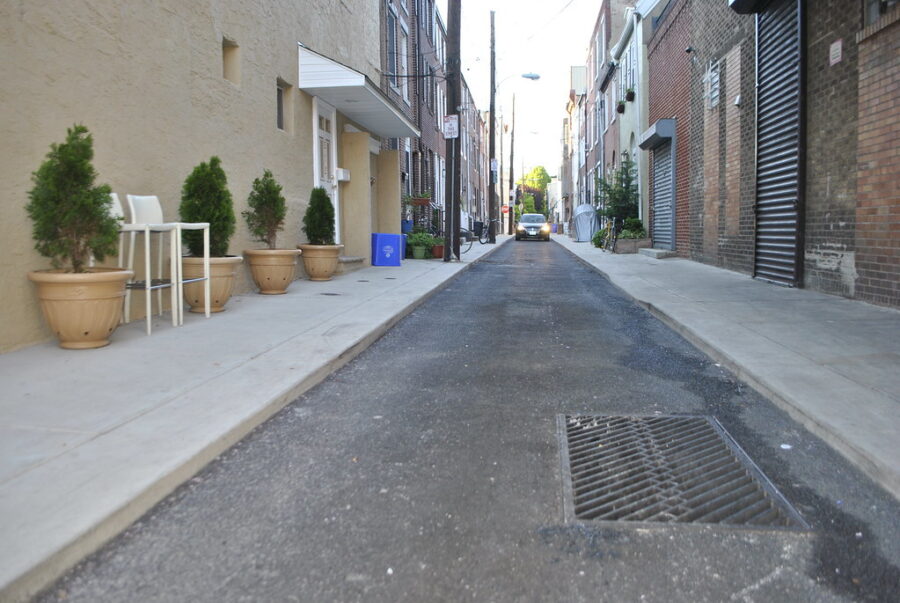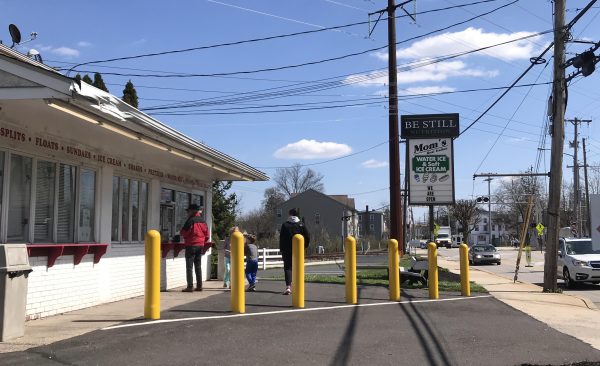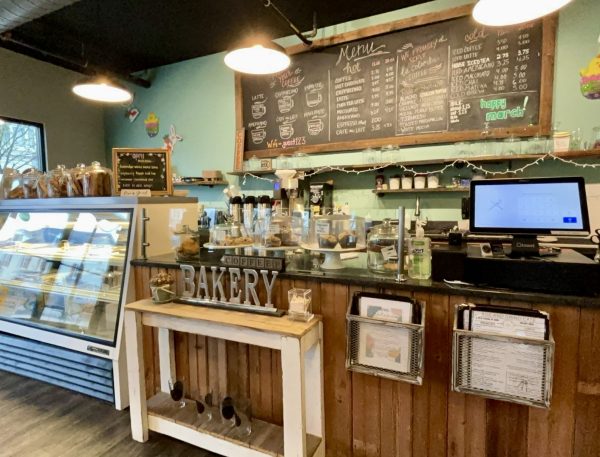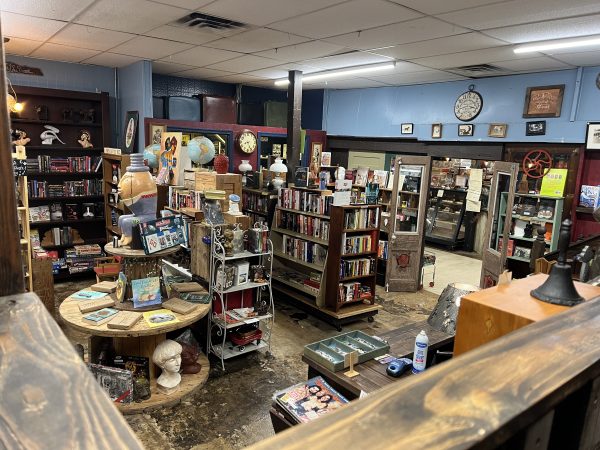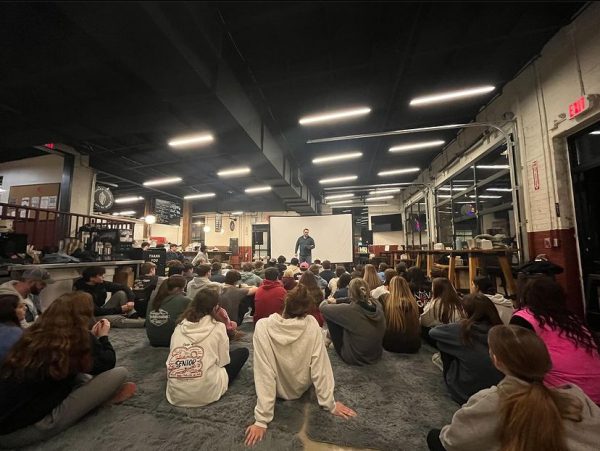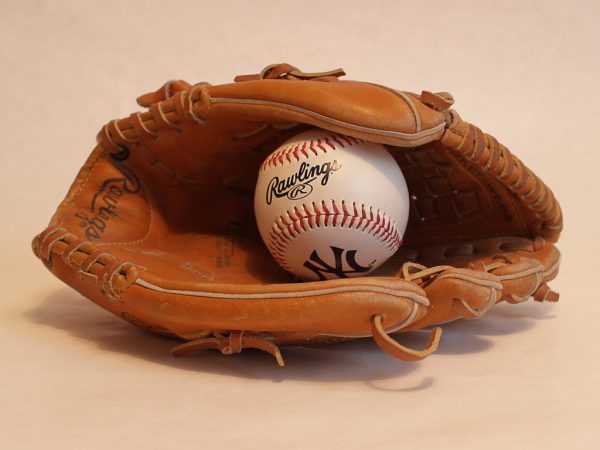Best Management Practices Play a Big Part in the Pennridge Community
Best Management Practices (BMP) are a way of containing runoff stormwater to keep local waterways from being contaminated with runoff pollution (Perkasie Borough). It is a common thought that stormwater is filtered before it reaches waterways, but this is commonly disproven. Stormwater runoff is consistently the number one cause of water pollution across the US. Traditional regulatory control methods have not been sufficient enough to neutralize stormwater runoff. To combat this, throughout the Pennridge community a variety of BMP practices are utilized to correspond with the landforms. These can be seen on campus as well as in the public community. They continually contribute to a cleaner environment every time precipitation comes down. The Perkasie Borough has continued to increase the amount of BMPs. Pennridge student Shane Velez stated, “Sometimes it is tough to see how effective they are (BMPs) because I don’t know what the community would look like without BMPs. I feel like after learning about them in APES (AP environmental science), they do a great job in our community of limiting the negative effects of stormwater runoff.”
The limiting of stormwater runoff comes from the borough obtaining an extensive permit from the Pennsylvania Department of Environmental Protection. This allowed the Borough to put in a Phase II Municipal Separate Storm Sewer System. With this system comes extra filtration systems that collect pollutants from runoff. After the water is filtered, it returns to the earth to part back into the water cycle.
Directly on campus, wet ponds, vegetated swales, bio-retention islands, and naturalized basins are seen. The wet pond can be seen out in front of the school. Wet ponds have large areas that collect large amounts of runoff. Below ground, the ponds are designed to allow water flow but also allowed sediment to settle. This sediment must then be properly removed from the pond (stormwater PA). The quantity of water collected makes wet ponds widely used in large cleared-out areas. Vegetated swales can be seen in that back by the soccer fields at the top of the campus. These downward-sloped paths slowly collect and filter stormwater before it flows into nearby water sources. Most of the time a swale will lead towards a drain or biorientation island. Bioretention islands are mainly seen in parking lots or large areas of pavement. They consist of drains and underground filtration systems that collect sediment and runoff before letting water go back into the soil. The main benefit of the Biorentention Island is that it helps counter the amount of water not absorbed by the earth due to increased pavement. Finally, the naturalized basin is a large sitting below the natural land height. This area is full of vegetation that absorbs water as well as collects water similarly to a wet pond. These areas can be natural or man-made. Adversely, BMPs can also have negative effects (Storm h2o). Many BMPS adversely impact groundwater. Soil health nearby (if negative) can leach its pollutants contributing to increased polluted water. Poor maintenance as well as excess sedimentation can, over time, change BMPs from being positive to negative.
Individually, there are many things that you can do to decrease the water pollution in your community (USGS). Picking up after your pets and disposing of their waste properly, applying fertilizer in the correct amount, not dumping any oil or other fluids down the drain, washing your vehicle in a grassed area and not littering are just some of the things you can do. Nick Kraus, a Pennridge student, stated, “I recycle and make sure I don’t leave any waste on the ground. I understand that nature is fragile and if I damage it, it damages my health.” The way you treat the nature around you is the way that it will treat you back. Keeping nature healthy will result in keeping you healthy.
https://stormwater.pca.state.mn.us/index.php?title=Stormwater_wet_pond_fact_sheet \
https://perkasieborough.org/public-works-department/stormwater-management/
https://www.stormh2o.com/bmps/article/21293176/retention-review-analyzing-runoff-bmps
https://www.usgs.gov/centers/upper-midwest-water-science-center/science/evaluating-potential-benefits-permeable-pavement#overview
Tommy Cramer, Grade 12. Interests/hobbies include motor vehicle riding, cooking, piano, golf, basketball, car rides with my friends, and traveling with...
